Our favourite places to stay on this sleepy Cebu island.
13 Historical Sites in the Philippines Every History Buff Must Visit
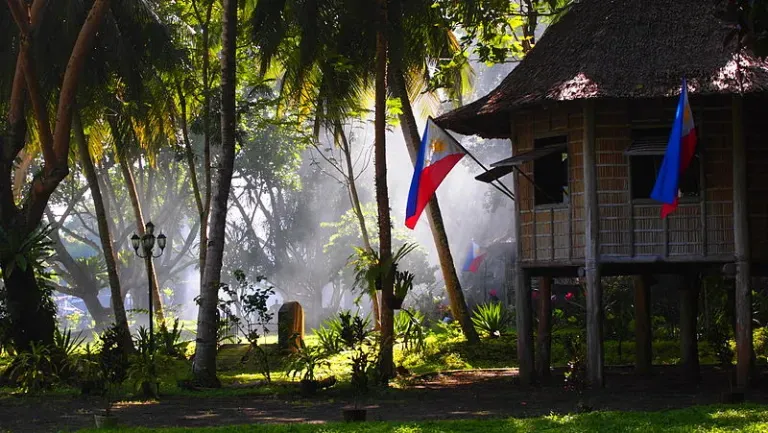
The Philippines has long been considered a top tourist destination by people all over the world. Not only does it have plenty of beautiful beaches and scenic spots for people to enjoy, but it also has a rich culture and history that everyone will find interesting.
To give you a quick recall, the Philippines was colonised by the Spaniards for 333 years until the Americans took over for over 40 years. The British, Japanese and other nationalities also tried their hand at conquering the country within those years.
Today, the Philippines has become a melting pot of various cultures and its historical landmarks have played a major part in the country’s tourism industry. Check out this roundup of historical sites in the Philippines!
Historical sites in the Philippines to visit
1. Rizal Park
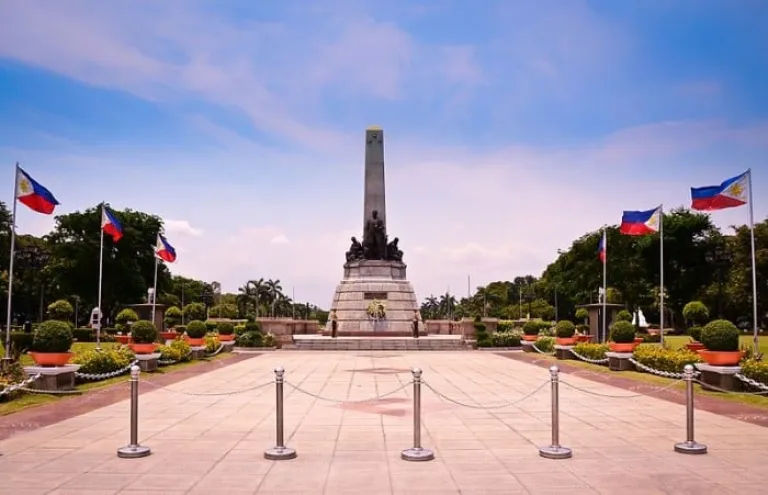
This park, located right in the heart of the country’s capital Manila, has been called various names: Luneta Park, Bagumbayan, and Manila Kilometer Zero. Rizal Park was named after the country’s national hero, Jose Rizal, who was executed there by the Spanish military firing squad after spreading his revolutionary ideas against Spanish rule.
Address: Roxas Blvd Ermita, Barangay 666 Zone 72, Metro Manila
2. Calle Crisologo
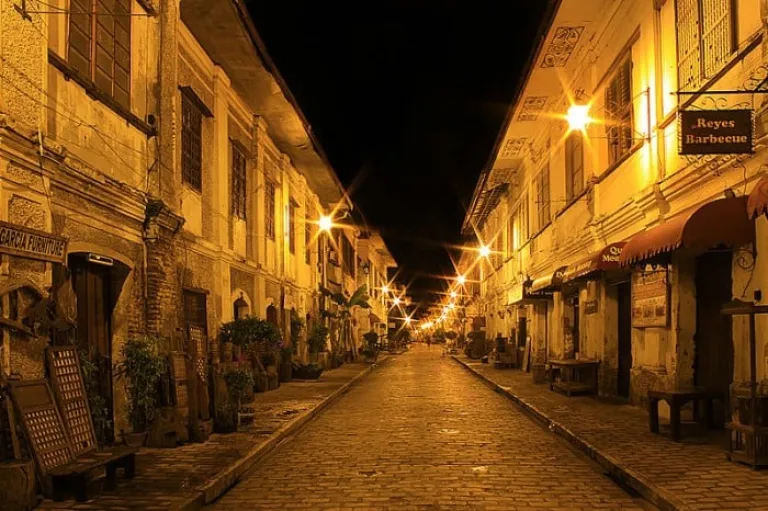
This famous 500-metre cobblestone street in Vigan City, Ilocos Sur is one of the best displays of Spanish influence in the country. Stretching across only five blocks, the calle (street) is lined with old heritage houses of Filipino-Chinese traders who were prominent back in the day. The houses here are characterised by thick walls, red roofs, huge doors and capiz shell windows.
Address: Calle Crisologo, Vigan City, Ilocos Sur
3. Leyte Landing Monument
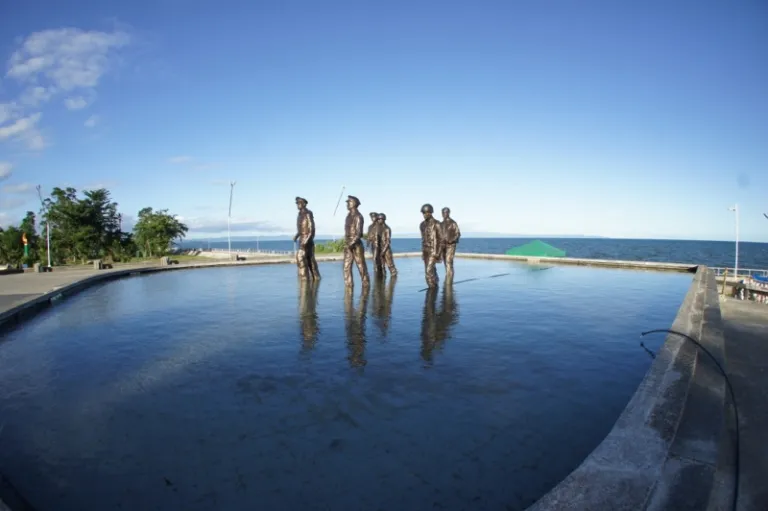
Also known as the MacArthur Park, this 6.78-hectare war memorial commemorates General Douglas MacArthur’s fulfilment to the Filipino people of “I shall return.” The historical site in the Philippines is where MacArthur made his return landing, which also signified the start of his campaign to help free the Philippines from Japanese occupation back in 1944. Red Beach, where the park is located, was named as such, not because of the sand but because of the colour the sea supposedly turned into after blood was spilt on it during the war.
Address: Red Beach, Palo, Leyte
Also read: A Simple Travel Guide to Leyte: What You Need to Know Before Your Trip
4.

Sandugo referred to the blood compact that took place between the Spanish explorer Miguel Lopez de Legazpi and the chieftain of Bohol, Datu Sikatuna, back in 1565. Sandugo means “one blood” in the Visayan dialect and was performed to seal the friendship between the two leaders. It was considered to be the first-ever treaty of friendship between the Filipinos and the Spaniards.
Address: J.P Inting Street, Tagbilaran City, Bohol
5.
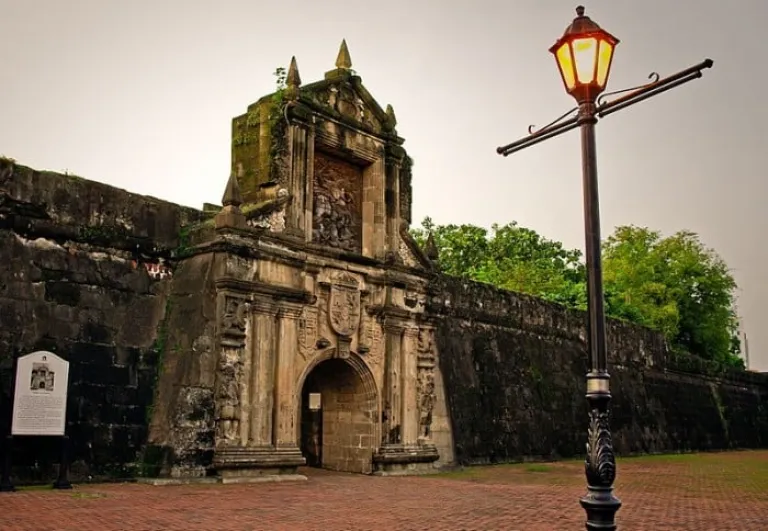
This citadel was first built by the Spanish explorer Miguel Lopez de Legazpi and is a part of the walled city of Manila called Intramuros. Its prison walls witness the loss of lives during the Spanish Colonial Period and the Second World War. The country’s national hero was also imprisoned here before he was executed back in 1896 at the now Rizal Park.
Address: Intramuros, Manila, Philippines
Also read: DIY Walking Tour in the Walled City of Intramuros: Top 8 Attractions to Visit
6. Fort San Pedro
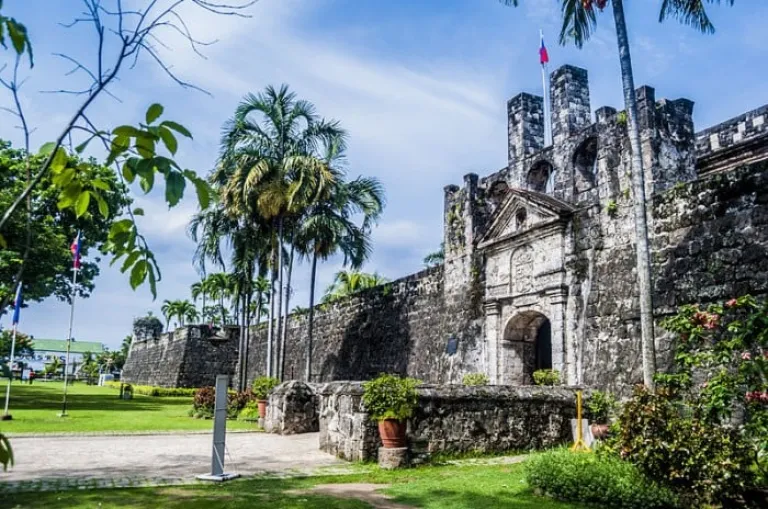
Another military structure built under the command of Miguel Lopez de Legazpi is the Fuerte de San Pedro in Cebu. This historical site in the Philippines was made of wood, and immediately put up after the arrival of the Spanish explorer in order to keep the Muslim raiders away from the area. It was the centre of the first Spanish settlement in the country and, in the 19th century, the fort was attacked by Filipino revolutionaries who used it as their stronghold during the Philippine Revolution.
Address: Plaza Independencia, Cebu City
7. Mactan Shrine
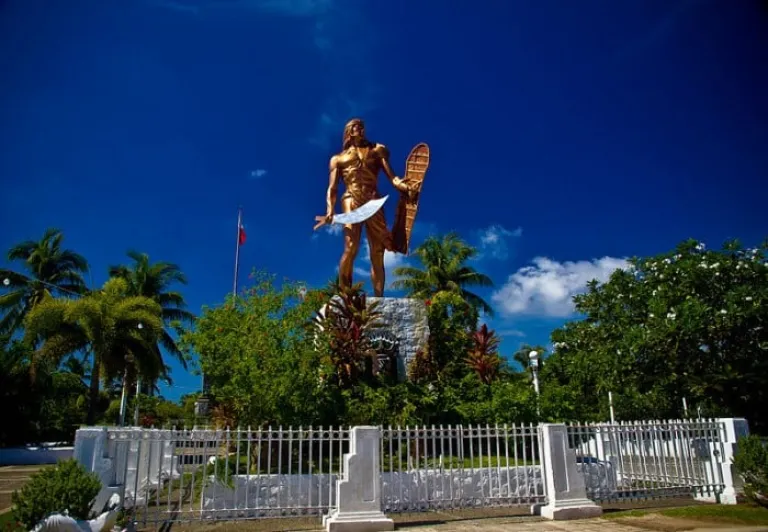
The Mactan Shrine, or the Lapu-Lapu Shrine, is a 20-metre bronze statue of the native leader, Lapu-Lapu, who was the one who defeated the Spanish soldiers and killed the Portuguese explorer Ferdinand Magellan back in 1521. The event is now famously referred to as the Battle of Mactan.
Address: Punta Engaño, Lapu-Lapu City, Cebu
8. Corregidor Island
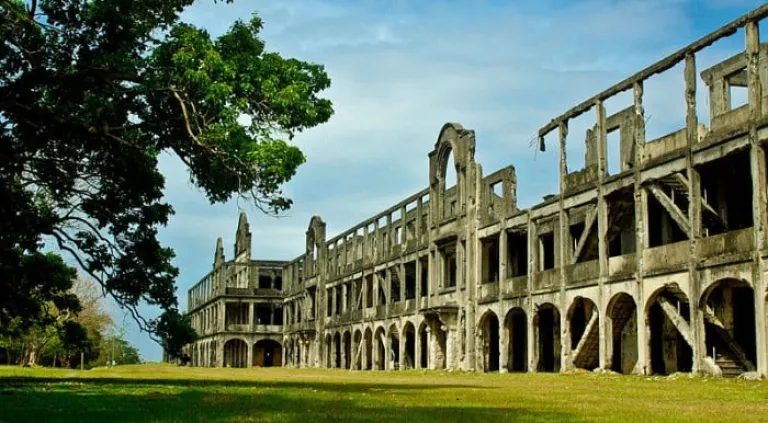
Corregidor Island is known for its many historical significance in the country. For one, it became the seat of the Philippine Commonwealth Government in 1941. It also became the headquarters of the Allied Forces during the Japanese occupation in the Philippines in 1942. Later that year, the Battle of Corregidor took place on the island, as a culmination of the Japanese campaign to conquer the Philippine government. A lot of Filipino, American and Japanese lives were lost during the battle as the island was the last remaining obstacle that will allow the Japanese to have full control of Manila Bay.
Address: Corregidor Island, Manila Bay, Cavite
9.
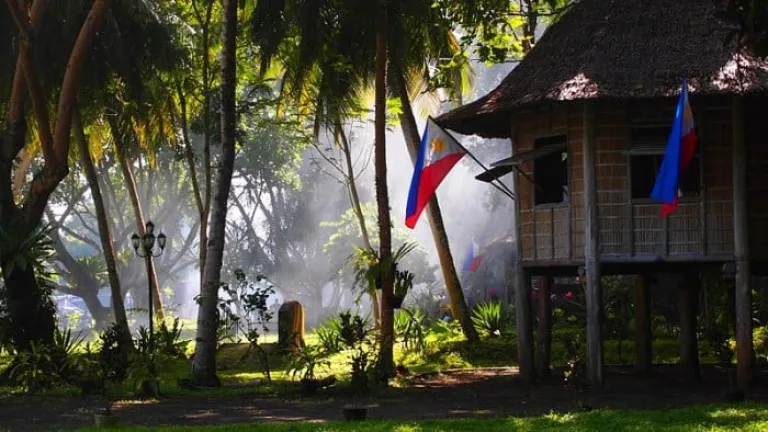
The Jose Rizal Memorial Protected Landscape in Dapitan, Zamboanga del Norte, is the farm site where the country’s national hero was exiled for four years after being accused by the Spanish authorities of plotting the Philippine Revolution in Manila. Also known as the Rizal Park and Shrine, it was established in 1940 and was declared a protected landscape covering 439 hectares in 2000.
Address: Brgy. Talisay, Dapitan City, Zamboanga del Norte
10. Basilica del Santo Niño
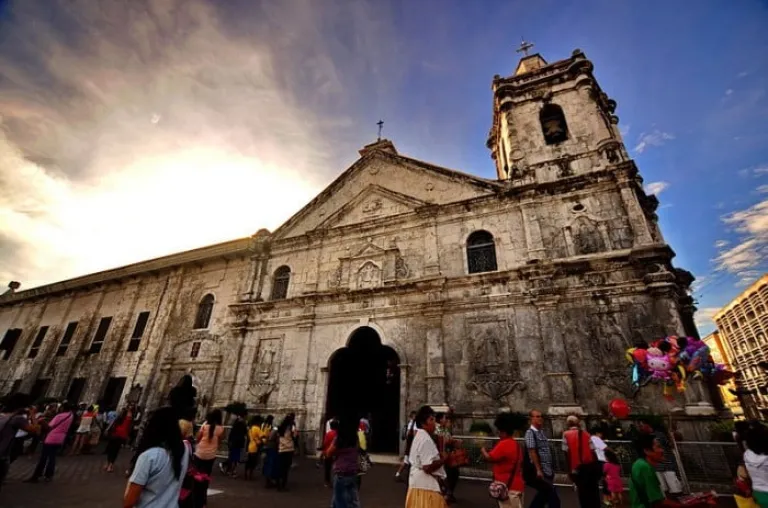
No visit to Cebu is ever complete without paying tribute to Santo Niño. The basilica was founded in 1565 and is the oldest Roman Catholic Church in the entire country. The spot was where Miguel Lopez de Legazpi found the image of the Child Jesus. It was also the same statue that Ferdinand Magellan gave to the wife of Rajah Humabon of Cebu after they were baptised to Christianity in 1521.
Address: Santo Niño Chapel, Cebu City
Also read: How I Spent a Smashing 4-Day Getaway to Cebu and Bohol
11. Magellan’s Cross

A few steps away from Basilica del Santo Niño lies another Spanish Era landmark: Magellan’s Cross. In 1521, Portuguese and Spanish explorers — led by Ferdinand Magellan — set up this Christian cross upon their arrival in Cebu. In fact, when you look up at the chapel ceiling, you’ll find fresco paintings depicting this scene. As for the cross itself, the one that you’ll see there is only a replica. The original one is actually hidden inside as to protect it from damage!
12.

The monument of the great Sultan Muhammad Dipatuan Kudarat stands proud right in front of the Provincial Capitol Building in the province of Sultan Kudarat in Mindanao. The sultan was known as a Filipino hero who fought against the Spanish invaders and defended his Islamic faith. Because the Spaniards could not conquer his territory, the Spanish governor and the Sultan signed a pact which led to many years of peace in the area. He was also considered one of the greatest leaders in Mindanao as he was able to unite the Muslims from Lanao, Cotabato, Sulu, Davao, Zamboanga and North Borneo.
Address: Provincial Capitol Building, Sultan Kudarat
13. EDSA Shrine

Compared to all the other historical sites in the Philippines, the EDSA Shrine is connected to a more recent event in the country’s history. The shrine was built only in 1989 and now stands to commemorate the two People Power Revolutions that took place in the country. The first People Power ousted the dictatorship of Ferdinand Marcos under Martial Law while the second one ousted Joseph Estrada from power in 2001.
Address: Intersection of Ortigas Avenue and Epifanio de los Santos Avenue (EDSA), Barangay Ugong Norte, Quezon City
This article was originally published on TripZilla.
Published at
About Author
Pam Baroro
Subscribe our Newsletter
Get our weekly tips and travel news!
Recommended Articles
10 Bantayan Island Resorts, Hotels, and Rentals for Your Tropical Escape 14 Best Credit Cards for Travel in the Philippines The only plastic we need for travel.
10 Best Mountain Cafes in the Philippines for Your Peak Coffee Experience Coffee date on the mountains, anyone?
10 Fairytale Castles In Europe Filipinos Need To See! Permission to feel like royalty even for a day?!
10 Family Outing Ideas in Metro Manila Under ₱500 Looking for a weekend bonding with the family under ₱500? Head to these places, pronto!
Latest Articles
Dingalan Travel Guide: Nature Spots to Discover Now Underrated coastal gem in Aurora
What to Eat in Bicol: Iconic Dishes and Treats, and Unique Pasalubong You’ll Love Spice up your foodie adventure with iconic Bicol dishes and must-try pasalubong!
Top Travel Trends in the Philippines for 2025 New spots, tips, and trends
New UK Adventure Park to Visit in Devon and Cornwall Fun countryside escape near London
Ultimate Camarines Norte Travel Guide: Waterfalls, Beaches, and More From surfing to secret waterfalls, Camarines Norte is your next escape!

